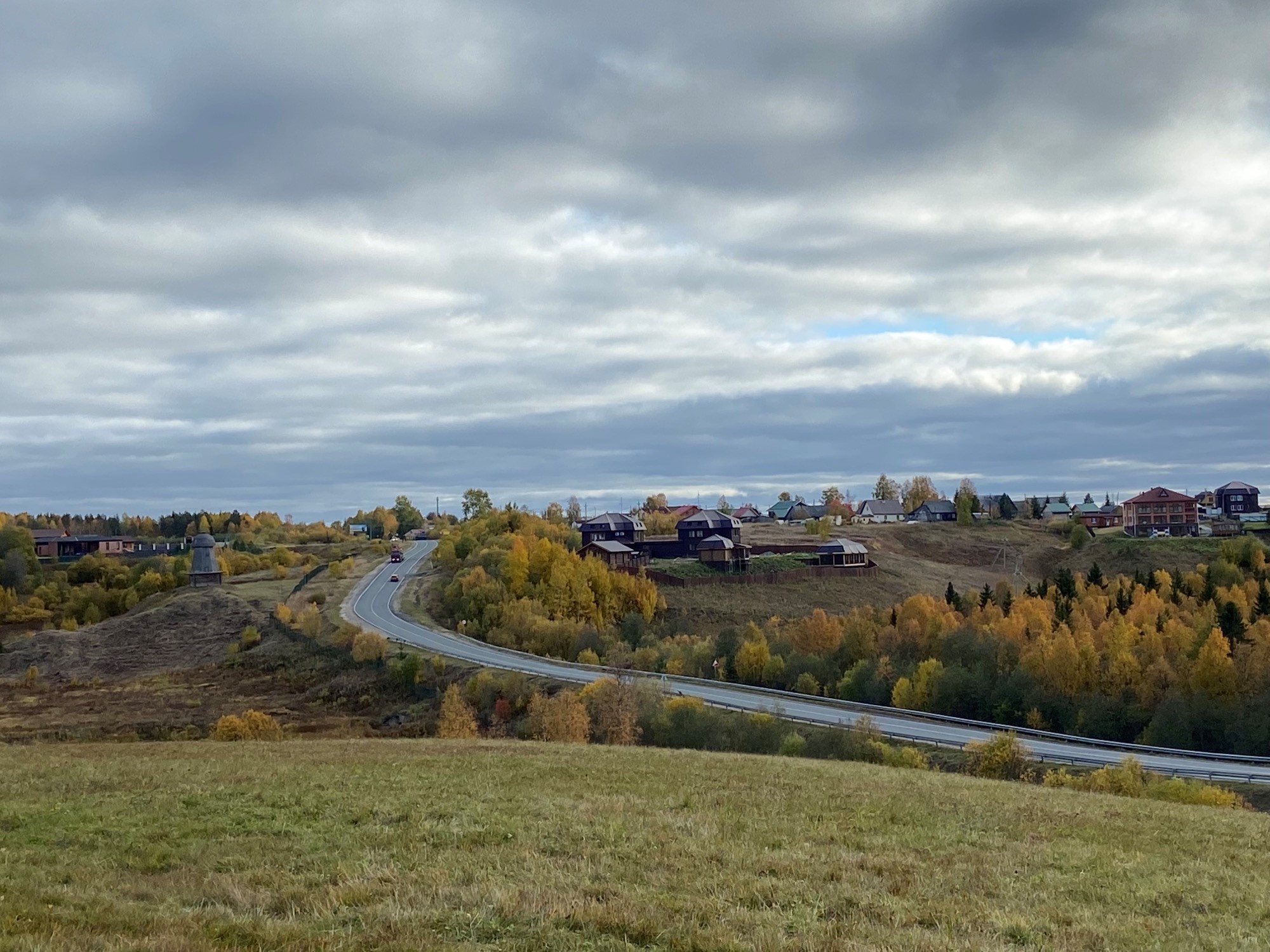An international webinar “Barents Region Transport and Logistics: Roads, Small Aviation and Infrastructure Development” was held on September 21 at the premises of project partner Northern (Arctic) Federal University in Arkhangelsk. The atmosphere was warm and enthusiastic, as project partners had the possibility to meet and discuss many important issues both face-to-face and online.
Meeting Face-to-Face Again
This was already the second project webinar focused on the development of latitudinal transport corridor and cross-border mobility in the Barents Euro-Arctic Region arranged by this Kolarctic 2014-2020 project. This time, however, the webinar was held in a hybrid format, also inviting partners and guests from Finland, St. Petersburg, and the Nenets Autonomous District to the NArFU co-working center “Boiling Point”. This possibility was welcomed with open arms, following the lengthy restrictions for face-to-face meetings due to the pandemic. The event was attended by 51 participants in person and 60 participants on-line.
The webinar was organized in two consecutive sessions: the first part presented the project studies on road transport and the low flight corridor between the Northern Finland and the Russian Federation, and the second part was devoted to the potential of wind energy for remote areas of the Barents Region.
Sergey Aksenov, Director of the Higher Engineering School of NArFU, welcomed the participants and wished them fruitful cooperation noting the practical importance of the project studies and Juha Hyvärinen, consultant of Traficon Oy (Finland), presented the results of the preliminary study of the Vartius/Lyttä-Arkhangelsk road route. The beneficiaries of the future shortcut will be mainly in Russia. The road will shorten the car journey from Arkhangelsk to Murmansk by 7 hours, to Petrozavodsk by 4 hours, to St Petersburg by 3.5 hour. The car journey from Arkhangelsk to Vartius will be reduced by 8 hours and the distance will be 495 km.
Mikhail Fomin, the Head of the Management Division under the Department of Construction, Housing and Communal Services, Energy and Transport of the Nenets Autonomous District, proceeded with the topic of development of automobile routes in the Far North, presenting re-port “Winter roads in hard-to-reach areas of the Nenets Autonomous District”. Colleagues from Nenets Autonomous District shared their experience in construction and maintenance of roads, typical for the northern territories.
At the end of the first session, Juha Hyvärinen, Traficon Oy, also presented the results of the preliminary study of the low flight corridor between the Northern Finland and the Russian Federation.
Olga Popova, Head of the Department of Automobile Roads and Construction Production of the Higher Engineering School of NArFU, explained: “Nowadays the issues of transport logistics and transport system changes have become very urgent in our region. In this project NArFU is interested in training students, getting new appropriate information while working with all Russian and international partners. Project findings will be integrated into the educational process to provide students with knowledge in this area”.
Dr. Pavel Maryandyshev, First Vice-Rector for Strategic Development and Science at NArFU, opened the second session devoted to the development of wind energy in the Barents Region by presenting a report on the wind energy for the Far North.
Interesting and unexpected conclusions on the results of Kolarctic projects 2012-2014 in the field of wind energy were presented by Sergey Kungurtsev, Chairman of the Committee for International and Interregional Relations of the Department of Digital Development, Communications and Mass Media of the Nenets Autonomous District.
Many questions from the audience were raised by the presentation “Operation of wind power plants in icing conditions” delivered by Dr. Muhammad Shakeel Virk, Professor of the University of Tromsø – The Arctic University of Norway. The relevance of this problem for all northern regions is confirmed by the number of projects to address it. As the results of various studies and experiments show, the most effective solutions have yet to be developed. Perhaps they will be developed by the same students who participated in the webinar and listened to the reports of their senior colleagues.

Presentations in English
01 Igor Pinayev Arkhavtodor ENG (pdf)
02 Juha Hyvärinen Arkhangelsk-Vartius Road Pre-Study ENG (pdf)
03 Pavel Masyukov Winter Roads ENG (pdf)
04 Juha Hyvärinen Flight Presentation ENG (pdf)
05 Pavel Maryandyshev Presentation NABL ENG (pdf)
07 Muhammad Virk NABL ENG (pdf)
Mutual Understanding and Aspirations Go a Long Way
One should note the keen interest of students and graduates in this event. The third- and fourth-year students at the High Engineering School, students and postgraduates of the Graduate School of Energy, Oil and Gas of SAFU, as well as those studying in St. Petersburg State University of Civil Engineering and Architecture had a unique opportunity to learn the experience of Russian and foreign specialists in developing transport corridors and alternative energy sources.
NABL project manager Tatiana Petrova from the Regional Council of Kainuu shared her impressions from the event:


